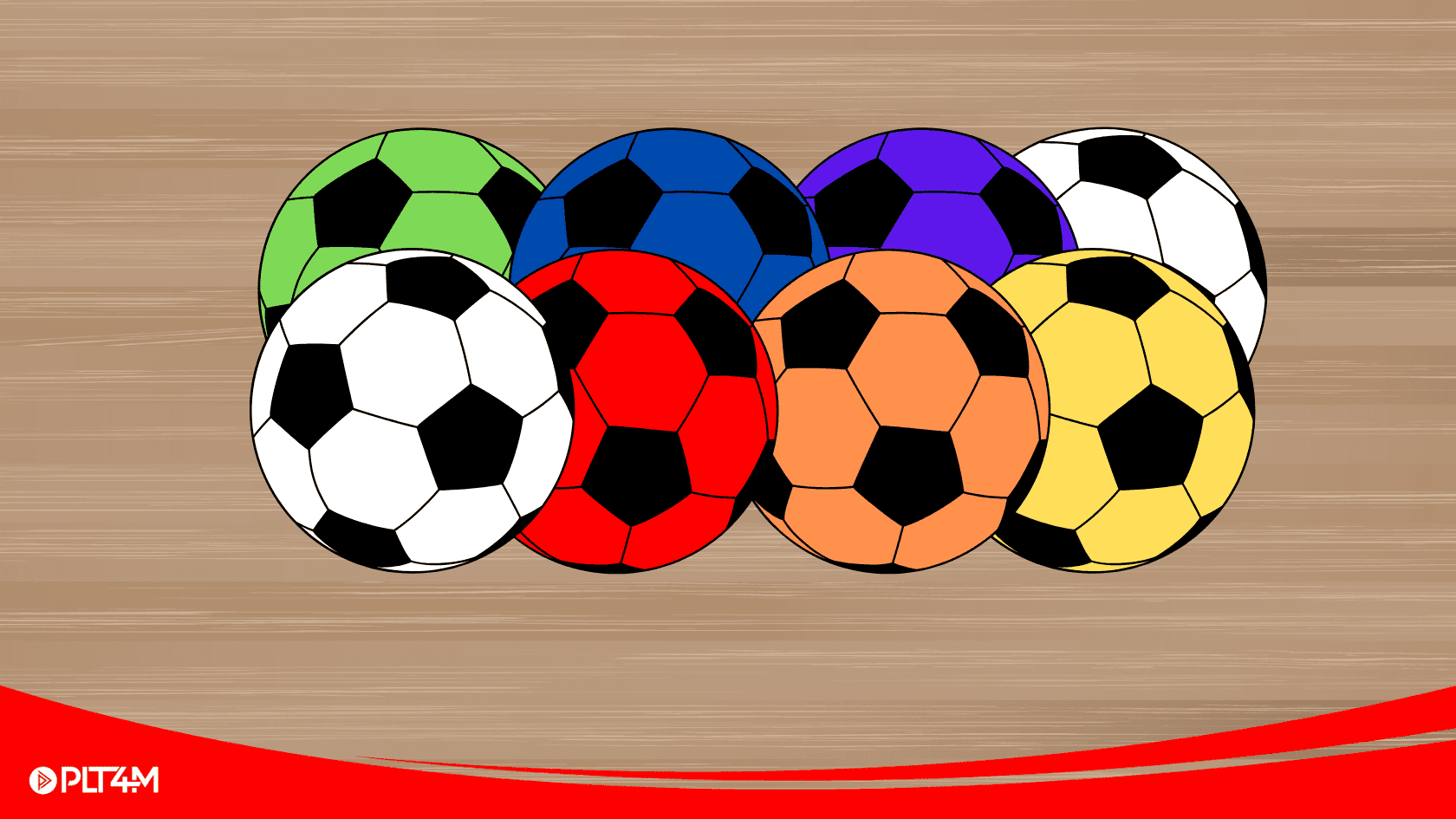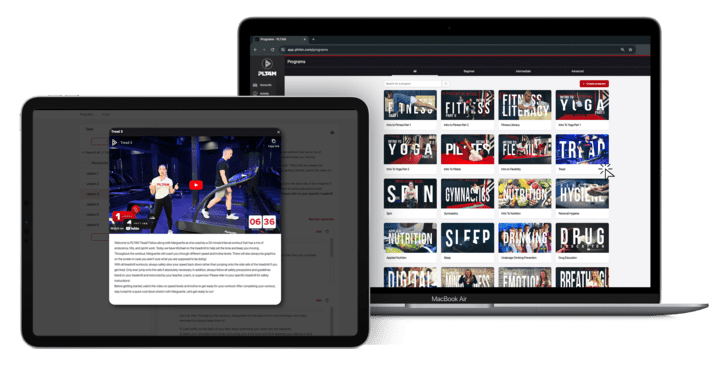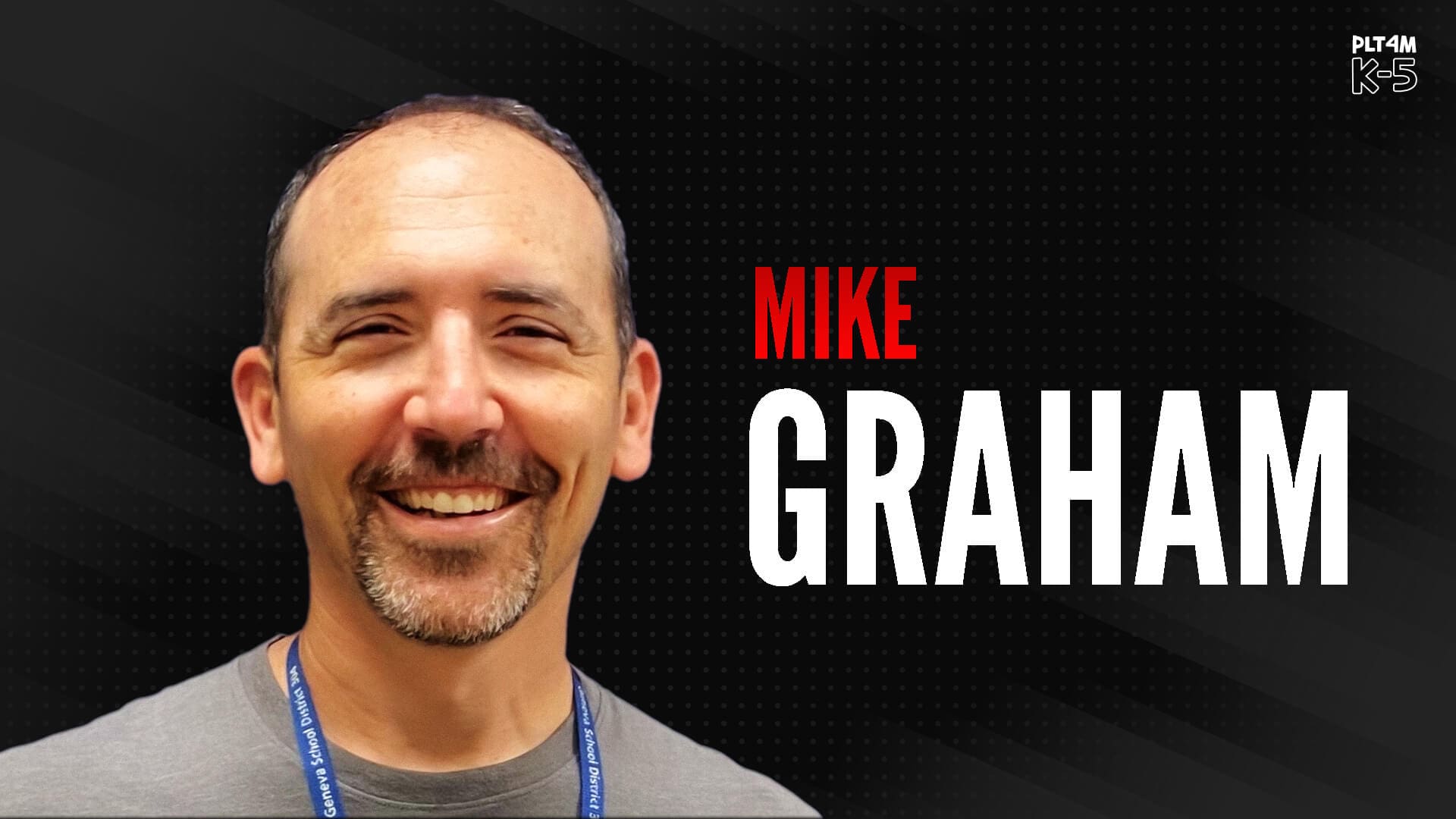One of the biggest issues we see on a regular basis is athletes sacrificing depth and form during the back squat in favor of loading up the bar with heavy weight.
By shutting down the range of motion to just a partial squat, athletes are minimizing many of the intended benefits that can come from improving baseline strength. First, they eliminate one of the biggest athletic advantages there is – movement. They are completely neglecting one of the most foundational movements in life, let alone athletics. For our money, an athlete will see far greater results perfecting an air squat than working with heavy partial squats. Especially at their age – they need to establish good habits or it will hold their progress back in the future, poor movement begets strength plateaus. Second, they are wasting their time. Sure, partial squats can play a role in a good performance training program, but not as a Core Strength lift. They are literally performing less work (work is a product of force and the distance traveled) in any given set. Those sets are crucial for increasing time under tension and metabolic stress which are responsible for all of those things you’re working towards: muscle hypertrophy, strength gain, conditioning, etc.
Worse, it’s during these misguided attempts that we see the “ugliest” reps – you know the ones we’re talking about: knees driving down and in, the chest dropping forward, bar rolling towards the head, lower back and neck compensating for poor form. This is where injury happens, it’s just common sense. You’re at a far greater likelihood of failure and injury when the weight on the bar is something with which you could never perform a full rep.
It’s our job, as coaches and teachers, to make sure we are holding athletes accountable. Make sure they know the benefits of perfecting their movement first, reinforce good habits, and set them up for success!
The Squat: Range of Motion Before Weight
Share this article:
Recent Posts
Interested if PLT4M can work at your school?
Follow Us!
Centered around choice, differentiation, and personalized workouts, this Personal Fitness class has captured the interest of students from all backgrounds and fitness levels.
An impressive 250 of the school’s 570 students are enrolled in the class, making it one of the most…
In this class, strength isn’t just about lifting weights—it’s about building confidence, discipline, and lifelong habits.
https://hubs.li/Q032QqJf0
This High School is transforming PE into a space where students can cultivate lifelong fitness habits, discover activities they genuinely enjoy, and connect their learning to broader aspects of health and wellness!
https://hubs.li/Q031jvKH0
Thankful to @PLT4M and Doug Curtin for highlighting Pike Central and what we do in our elective PE class! It's been helpful to have PLT4M to use for several years in getting the kids access to our programming and tracking data.
https://plt4m.com/success-stories/pike-centrals-progression-for-strength-training-success/
“I have been a PE teacher at the school for 15 years, and in the last few years, we’ve seen a new level of engagement and a large increase in participation throughout our PE program.”
https://get.plt4m.com/3BNSft8
Finished our last team workout of 2024 today. Outstanding commitment to improvement so far.
Loving the @PLT4M system and data that it is providing our athletes.
@WCSDAthletic @RCKAthletic @JJEFAthletics




